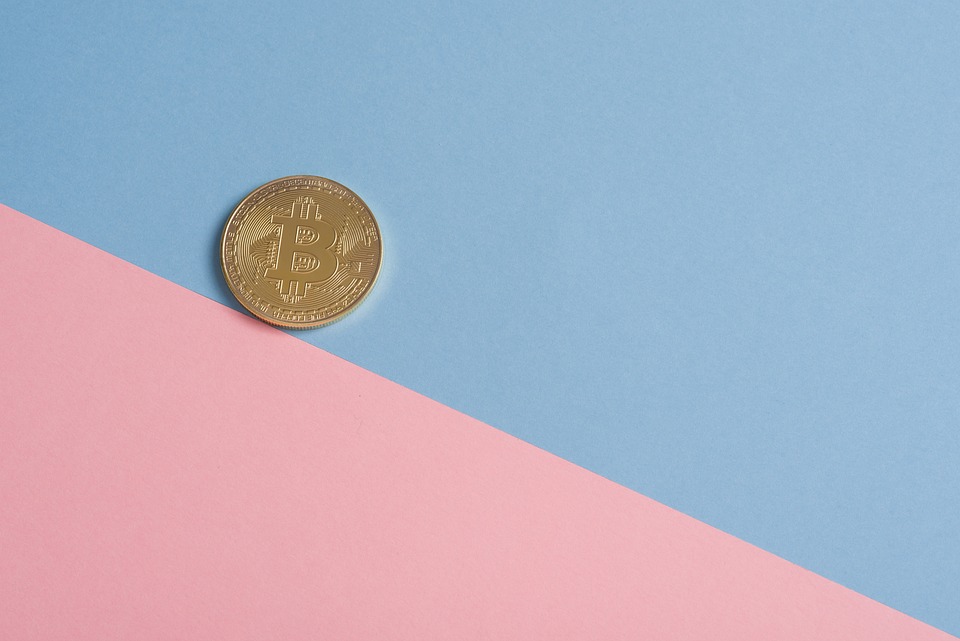The rise of mobile banking and cashless transactions has completely revolutionized the way we manage our finances in today’s digital age. With the convenience of smartphones and the increasing accessibility of the internet, more and more people are opting to use mobile banking apps and digital wallets for their day-to-day transactions.
Mobile banking allows customers to access their bank accounts, transfer funds, pay bills, and even apply for loans all with the touch of a button on their phone. Gone are the days of waiting in long lines at the bank or having to visit multiple ATMs to withdraw cash. Mobile banking has made managing finances easier and more efficient than ever before.
In addition to mobile banking, cashless transactions have also become increasingly popular. With the rise of digital payment platforms such as Apple Pay, Google Wallet, and PayPal, consumers are able to make purchases without the need for physical cash or credit cards. This not only speeds up the checkout process but also provides added security and protection against fraud.
One of the key drivers behind the popularity of mobile banking and cashless transactions is the convenience and ease of use they offer. With just a few taps on a smartphone, consumers can quickly and securely complete transactions without having to carry around bulky wallets or worry about losing cash.
Furthermore, the COVID-19 pandemic has accelerated the adoption of mobile banking and cashless transactions as consumers and businesses seek contactless payment options to minimize the risk of spreading the virus. Mobile banking apps and digital wallets have become essential tools for conducting financial transactions safely and efficiently in the midst of the pandemic.
As more and more people embrace mobile banking and cashless transactions, traditional brick-and-mortar banks are beginning to adapt to this new way of banking. Banks are investing in technology to improve their mobile banking apps, enhance security features, and provide a seamless digital banking experience for their customers.
While the shift towards mobile banking and cashless transactions offers many benefits, it also raises concerns about security and privacy. It’s important for consumers to be vigilant in protecting their personal and financial information when using mobile banking apps and digital payment platforms. This includes using strong passwords, enabling two-factor authentication, and only conducting transactions on secure networks.
Overall, the rise of mobile banking and cashless transactions is reshaping the way we interact with money and conduct financial transactions. With the convenience, speed, and security they offer, it’s no surprise that more and more people are choosing to go cashless and bank on-the-go with their smartphones.




